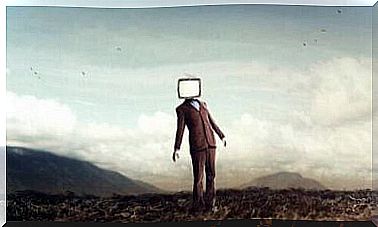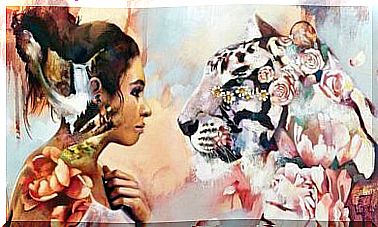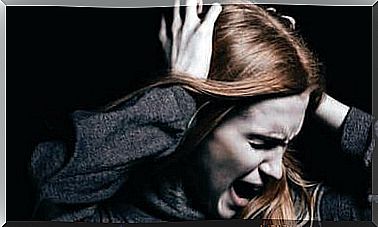Colombophobia: Fear Of Pigeons
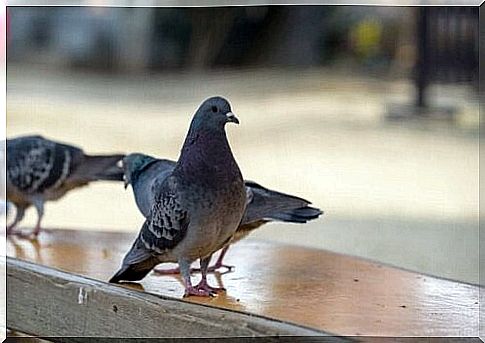
Specific phobias are anxiety disorders that have an annual prevalence of 3.6% (vs. 4.52% of vital prevalence). It is anxiety disorders that have the greatest prevalence in the population. One of these phobias is colombophobia or fear of pigeons.
Specific phobias, and more specifically animal phobias like this one, usually appear during childhood. If left untreated, they will have difficulty resolving spontaneously. What are the symptoms of this disorder and how can it be treated with therapy?
Colombophobia: what does it consist of?
Colombophobia or fear of pigeons is a specific animal-type phobia, and specific phobias are anxiety disorders. They are characterized by an irrational, intense and disproportionate fear in the face of a certain stimulus or a certain situation; in this case, the pigeons.
Avoidance (behavioral symptom) appears, as well as psychological symptoms (discomfort as soon as one thinks of a pigeon) and physiological symptoms such as tachycardia, sweating or pressure in the chest when we think of the phobic stimulus or when we is in front of him. The more severe the phobia, the earlier the symptoms.
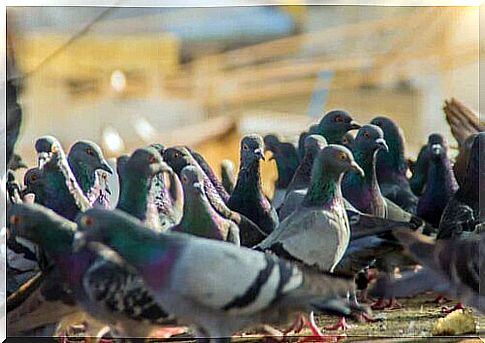
Disproportionate fear of pigeons and avoidance
Specific phobias go beyond fear because, more than a fear, we speak of panic or excessive anxiety if we take into account the object that produces these reactions. In general, phobias occur in the face of objects or situations which in themselves are not dangerous (and, if they are potentially dangerous, the symptoms of the phobia are disproportionate).
Moreover, with specific phobias, as is the case with colombophobia, there is an avoidance of the phobic stimulus (or a “resistance” to it, with significant discomfort). Thus, the person who is suffering from colombophobia will at all costs avoid being in the vicinity of pigeons.
The causes of fear of pigeons
Specific phobias arise for multiple reasons, but the most common cause is a traumatic experience with the phobic stimulus. In this case, the most likely cause is a bad experience with the pigeons (a stroke, for example). In addition, this animal also produces some disgust, which increases the emotional activation associated with the phobia.
Another common cause of colombophobia is having someone around them who is afraid of pigeons or who has had a bad experience with this animal. In addition, a certain personal (biological) predisposition to anxiety disorders could also be a cause of colombophobia.
Treatment of fear of pigeons
According to the Guía de tratamientos psicológicos eficaces (Guide to effective psychological treatments) by Marino Pérez (2010), there are two effective and validated treatments for specific phobias: exposure therapy and cognitive therapy.
Exposure therapy
If one works from the exposure therapy, one will encourage the subject to gradually expose himself to the pigeons. At first, through the imagination, then through reality, bringing us a little closer to them, then a little more, etc.
Normally, we develop a hierarchy of items ranging from the least anxiety-inducing to the most anxiety-provoking and we “overcome” these items little by little. The objective of the exhibition is for the person to be able to cope with the phobic stimulus without all these physiological reactions specific to specific phobias appearing (sweating, pressure in the chest, nausea, dizziness, etc.).
Cognitive therapy
Through cognitive therapy, we mainly work with cognitive restructuring. Its aim is to gradually change the dysfunctional thoughts that the person has about pigeons and replace them with more realistic and adaptive ones.
Among the thoughts that we can find in someone who has colombophobia, we have: “pigeons are dangerous”, “pigeons will hurt me”, “they will scare me”, “I will lose the control when they will be nearby ”, and so on.

Brief strategic therapy
The two treatments mentioned are the most validated from the point of view of cognitive and behavioral therapy. But there are other methods. For example, with brief strategic therapy, we work from curiosity.
The aim is for the patient to develop curiosity and not fear for the feared object. We also work, with this approach, from practical and creative solutions and, above all, by evaluating the strategies already used by the patient.
The role of disgust in phobias
And you, are you afraid of pigeons? Have you ever tried to fight this fear? It is important to differentiate between the real fear towards the animal and the disgust that one feels because, in this second case, it is not a phobia.
Nevertheless, it is true that animal phobias (such as, for example, cockroach phobias) involve a certain disgust with the feared stimulus. Indeed, disgust is the source of many phobias ; it is a physical feeling of sickness in the face of different stimuli such as smell or appearance.


